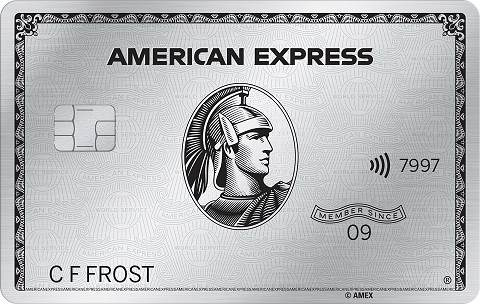How Is Credit Card Interest Calculated?
The interest you pay depends on your APR and your balance; avoid interest entirely by paying your bill in full.

Many or all of the products on this page are from partners who compensate us when you click to or take an action on their website, but this does not influence our evaluations or ratings. Our opinions are our own.
If your credit card has an annual percentage rate of, say, 18%, that doesn't mean you get charged 18% interest once a year. Depending on how you manage your account, your effective interest rate could be higher, or it could be lower. It could even be 0%. That's because interest is calculated on a daily basis, not annually, and is charged only if you carry debt from month to month.
Knowing how credit card issuers calculate interest can help you understand the true cost of your debt.
How to calculate credit card interest
Calculating credit card interest is a three-step process. The video above walks you through that process in detail, but here's a general overview of how it works. If you want to follow along, grab your credit card billing statement. You'll need some information from it.
1. Convert annual rate to daily rate
Your interest rate is identified on your statement as the annual percentage rate, or APR.
Since interest is calculated on a daily basis, you'll need to convert the APR to a daily rate. Do that by dividing by 365. Some banks divide by 360; for our purposes, the difference isn't worth worrying about, as it changes the outcome by only a hair. The result is called the periodic interest rate, or sometimes the daily periodic rate.
2. Determine your average daily balance
Your statement will tell you which days are included in the billing period. Your interest charge depends on your balance on each of those days.
You start with your unpaid balance — the amount carried over from the previous month. When you make a purchase, the balance goes up; when you make a payment, it goes down. Using the transaction information on your statement, go through the billing period, day by day, and write down each day's balance.
Once you've got that done, add up all the daily balances and then divide by the number of days in the billing period. The result is your average daily balance.
» USE OUR TOOL: Credit card average daily balance calculator
3. Put it all together
The final step is to multiply your average daily balance by your daily rate, and then multiply that result by the number of days in the billing period.
Depending on whether your issuer compounds interest daily or monthly, your actual interest charge might differ slightly from this calculated amount. Compounding is the process of adding the accrued interest into your unpaid balance, so that you are paying interest on interest.
Compounding is the reason you could pay more than your APR in interest. For example, say your average daily balance was exactly $1,000 for the entire year. If the bank had an 18% interest charge just once at the end of the year, you’d pay $180. But since your interest compounds, you’d actually be the hook for something closer to $195.
» USE OUR TOOL: Credit card interest calculator

How does credit card interest work?
Credit card issuers charge interest on purchases only if you carry a balance from one month to the next. If you pay your balance in full every month, your interest rate is irrelevant, because you don't get charged interest at all. Obviously, paying in full is the most cost-effective way to go, but if you usually carry a balance, a low-interest credit card can save you money on interest.
Seeing the calculation in action points you to a quick way to reduce your interest charges: Pay twice a month, or more frequently, rather than once. That extra payment will shrink your average daily balance and, in turn, your interest. Say you have a $2,000 balance and will have $1,000 to put toward your credit card bill. If you paid $1,000 on the 20th day of a 30-day billing period, your average daily balance would be about $1,666. But if you paid $500 on Day 10 and $500 on Day 20, your average daily balance would be $1,500. You'd reduce your interest charge by about 10%.
Depending on your card, you might have different APRs for different kinds of transactions, such as purchases, balance transfers and cash advances.
How do card issuers determine interest rates?
Some credit cards have a single purchase APR for all customers. Others have a range — for example, 13% to 23% — and your specific rate depends on your creditworthiness. The better your credit, the lower your rate. The rates and ranges themselves are usually tied to the prime rate, which is the interest rate banks charge their biggest customers. When the prime rate goes up, credit card rates typically follow with an equal increase.
The type of credit card can also influence the APR. Rewards credit cards tend to come with higher interest rates.
How can I lower my credit card's interest rate?
You have control over some of the factors that determine your credit card's interest rate. A better credit score gets you better credit card options. And if your score has improved significantly, you can try asking the issuer for a lower rate. But regardless of the stated APR on your card, you can reduce the effective rate several ways:
Pay your bill in full every month, if possible, to avoid interest.
Make more than the minimum payment if you can’t pay your bill in full.
Make payments more than once a month to shrink your average daily balance.
Now that you understand how it all works, you're in a better position to take charge of your interest.
The Platinum Card® from American Express
Travel
Earn 5X points on certain flights (up to $500,000 per calendar year) and hotel stays, hundreds of dollars a year in credit for travel and shopping, and a suite of perks for high-end lifestyles.
Find the right credit card for you.
Whether you want to pay less interest or earn more rewards, the right card's out there. Just answer a few questions and we'll narrow the search for you.

